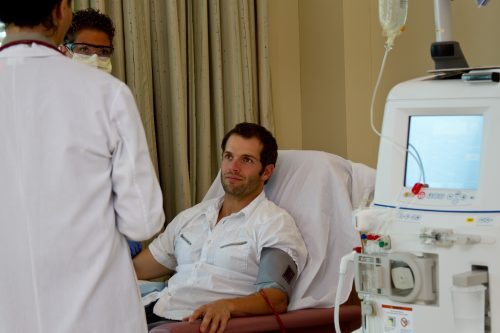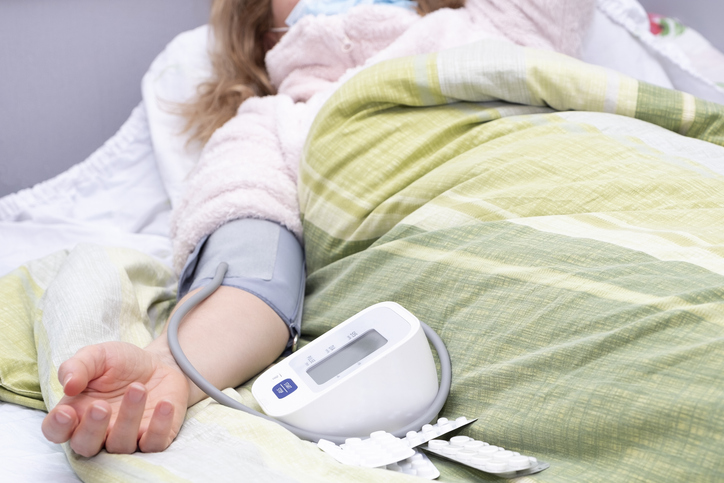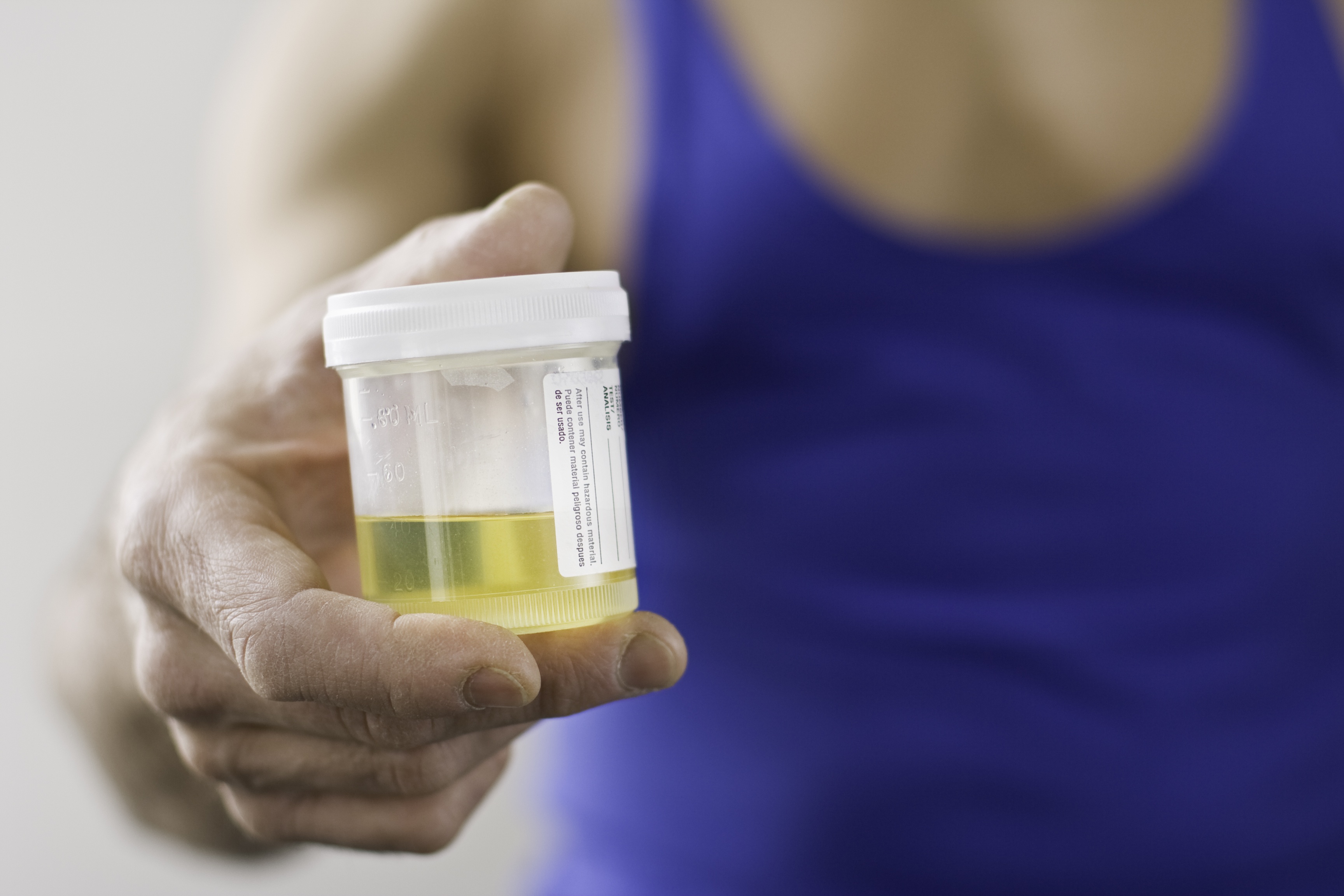
One-fifth of patients hospitalized for COVID-19 experience acute kidney injury (AKI). COVID-19 has been associated with more severe AKI, higher incident chronic kidney disease (CKD), and higher mortality than AKI related to other respiratory viral illnesses. Patients whose AKI is related to COVID-19 also experience a greater decline in kidney function in the 6 months after hospital discharge than those whose AKI relates to another illness. However, data on the longer-term effects of COVID-19–associated AKI (COVID-AKI) are limited.
To that end, Abinet M. Aklilu, MD, MPH, and fellow researchers conducted a retrospective, longitudinal, multicenter, cohort study to assess the long-term kidney outcomes of patients who had COVID-AKI. Their results appeared in JAMA Internal Medicine.
The researchers used data from a large hospital system’s electronic health records focusing on adult hospitalized patients (age ≥18 years) with AKI and COVID-19 or other illnesses. The study included patients who were hospitalized during the COVID-19 pandemic (March 2020-June 2022), were screened for SARS-CoV-2, had AKI, and survived to discharge, or had been hospitalized during the 5 years before the pandemic (October 2016-January 2020), had a positive influenza A or B test result, had AKI, and survived until hospital discharge. The researchers followed patients for a maximum of 2 years after discharge and performed data analyses from December 2022 to November 2023.
The primary outcome was major adverse kidney events (MAKE)—a combination of mortality and worsened kidney function (estimated glomerular filtration rate [eGFR] decline by 25% from discharge eGFR or kidney failure requiring dialysis). The team performed multivariable time to-event analyses to compare MAKE between individuals with COVID-AKI and those who had AKI associated with other illnesses hospitalized during the same period. For further comparison, this outcome was evaluated for a historic cohort of patients with influenza-associated AKI (flu-AKI).
The study cohort comprised 9624 hospitalized patients (mean [SD] age, 69.0 [15.7] years; 4955 [51.5%] females and 4669 [48.5%] males; 1576 [16.4%] Black, 1007 [10.5%] Hispanic, and 7098 [73.8%] White individuals). There were 987 patients with COVID-AKI, 276 with flu-AKI, and 8361 with AKI associated with other illnesses (other-AKI). The flu-AKI group was older compared with the other two groups. There were more self-identified Black and Hispanic individuals in the COVID-AKI group (288 [29.2%] and 175 [17.7%], respectively) compared with the other two groups (52 [18.8%] and 34 [12.3%] for flu-AKI and 1236 [14.8%] and 798 [9.5%] for other-AKI, respectively). Compared with the other two groups, patients in the COVID AKI group were slightly younger and had a higher baseline eGFR. They also had worse baseline comorbidity scores, higher markers of illness severity, and longer hospital stays.
Compared with the other-AKI group, the COVID-AKI group had lower MAKE (adjusted hazard ratio [aHR], 0.67; 95% CI, 0.59-0.75) due to lower all-cause mortality (aHR, 0.31; 95% CI, 0.24-0.39) and lower rates of worsened kidney function (aHR, 0.78; 95% CI, 0.69-0.88). The study authors posited that those who survive a bout of COVID-19 complicated by AKI may have intrinsic unmeasured characteristics that are associated with favorable longer-term outcomes.
The researchers noted several limitations to their study. First, there are likely residual unmeasured confounders that contribute to longitudinal eGFR trajectory. Because the study was retrospective, there is an absence of standardized follow-up and accurate tracking of postdischarge exposures. Additionally, ascertainment bias may be present. What’s more, differential exposures during the follow-up period, such as starting renoprotective medications, could affect the kidney function trajectory. Changing trends in CKD care could also contribute to differing outcomes between the historic cohort and the COVID-19–era cohort. The researchers could not adjust for social determinants of health due to lack of data. Furthermore, GFR is estimated from creatinine, which is affected by muscle mass and nutritional status. Patients with critical illness and prolonged immobility experience muscle wasting, which may have affected results among the COVID-AKI group, which had a longer hospital stay and greater weight loss compared with the other groups.
In conclusion, however, the authors found their results reassuring because “COVID-AKI survivors experienced a rapid attenuation of their kidney function decline rate and had overall lower rates of long-term kidney progression compared with the other [two] groups. Replication in broader cohorts as well as assessment of the effects of other kidney dysfunction markers (eg, proteinuria) and the association of COVID-19−specific therapeutics with kidney function trajectory are worth investigating in future studies.”
Source: JAMA Internal Medicine







 © 2025 Mashup Media, LLC, a Formedics Property. All Rights Reserved.
© 2025 Mashup Media, LLC, a Formedics Property. All Rights Reserved.